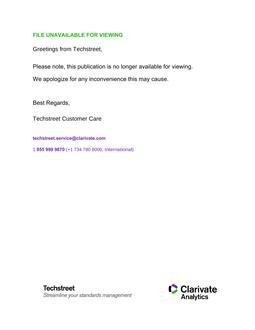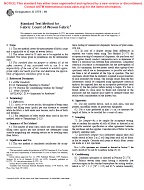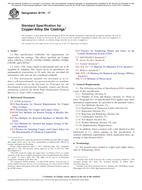1.1 This test method simulates the application of an emulsion of a pesticide emulsifiable concentrate (EC) to soil with high organic matter (corn cob granules) and to soil with high inorganic matter (clay granules) and determines the amount of solvent retained by the granules, and withheld from the atmosphere, before and after exposure to 40ºC in a vented oven. The granules simulate two extremes of soil composition, and the 40ºC exposure simulates high temperature weathering. Solvent loss from organic substrates other than corn cob may also be determined by repeating the 40°C exposure tests with the chosen substrate replacing corn cob. The results with corn cob, however, are a reference that must be reported with the alternate substrate results. The difference in solvent content of the granules before and after weathering is an indication of the emission of the solvent from soil impacted by emulsions or solutions during pesticide applications using common practices such as spraying and drip irrigating. Analysis of the granules for solvent content is by high pressure liquid chromatography (HPLC), gas chromatography (GC), or other methods tested and proven to be accurate and reproducible.
Note 1: Since it evaluates soil surface sorption, this test method will underestimate soil sorption from pesticide applications made below the soil surface. Sub-soil surface treatments may include, but are not limited to, mechanical soil injection and soil incorporation applications. In these cases, the increased depth of the sub-soil treatments reduce the soil surface exposure and facilitate increased levels of soil sorption.
Product Details
- Published:
- 10/01/2015
- Number of Pages:
- 5
- File Size:
- 1 file , 74 KB


